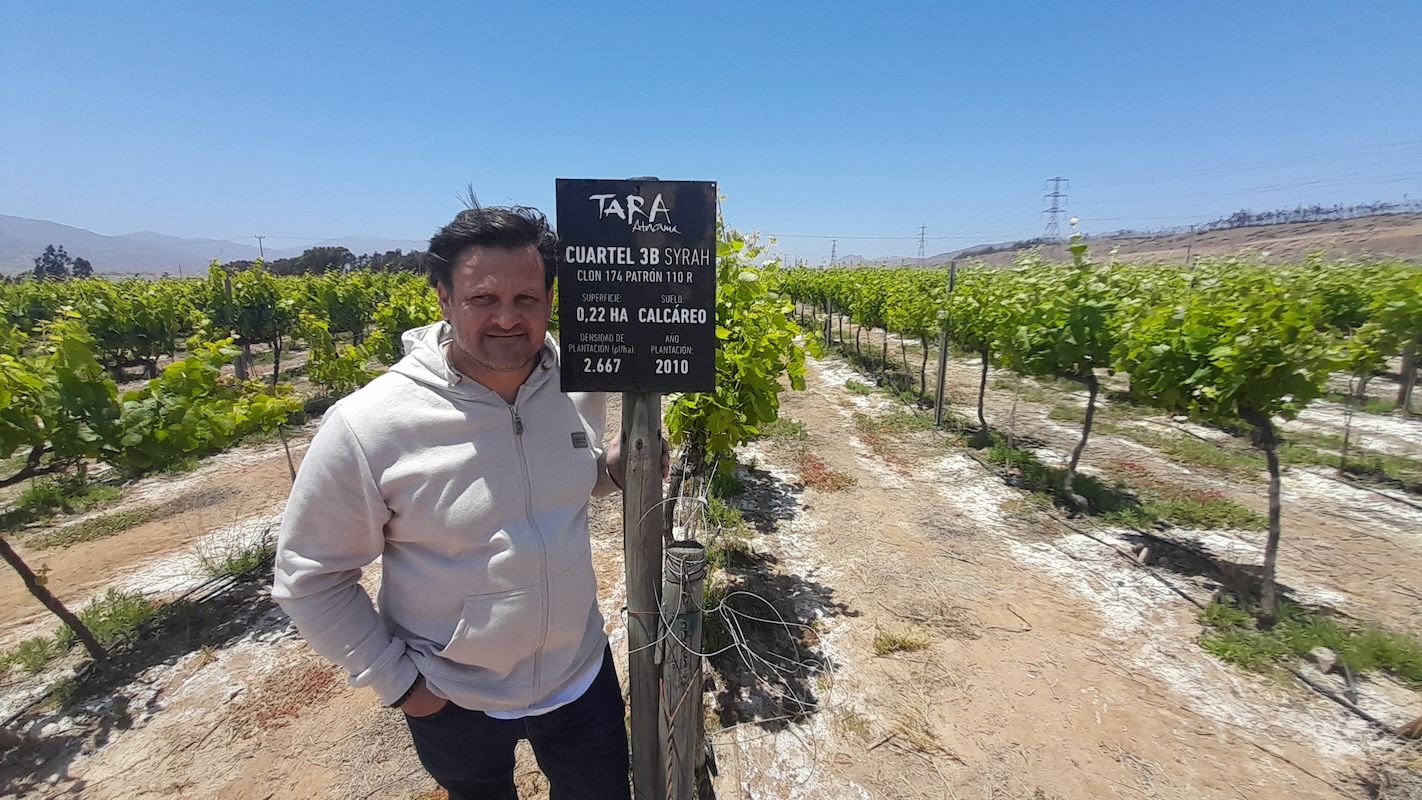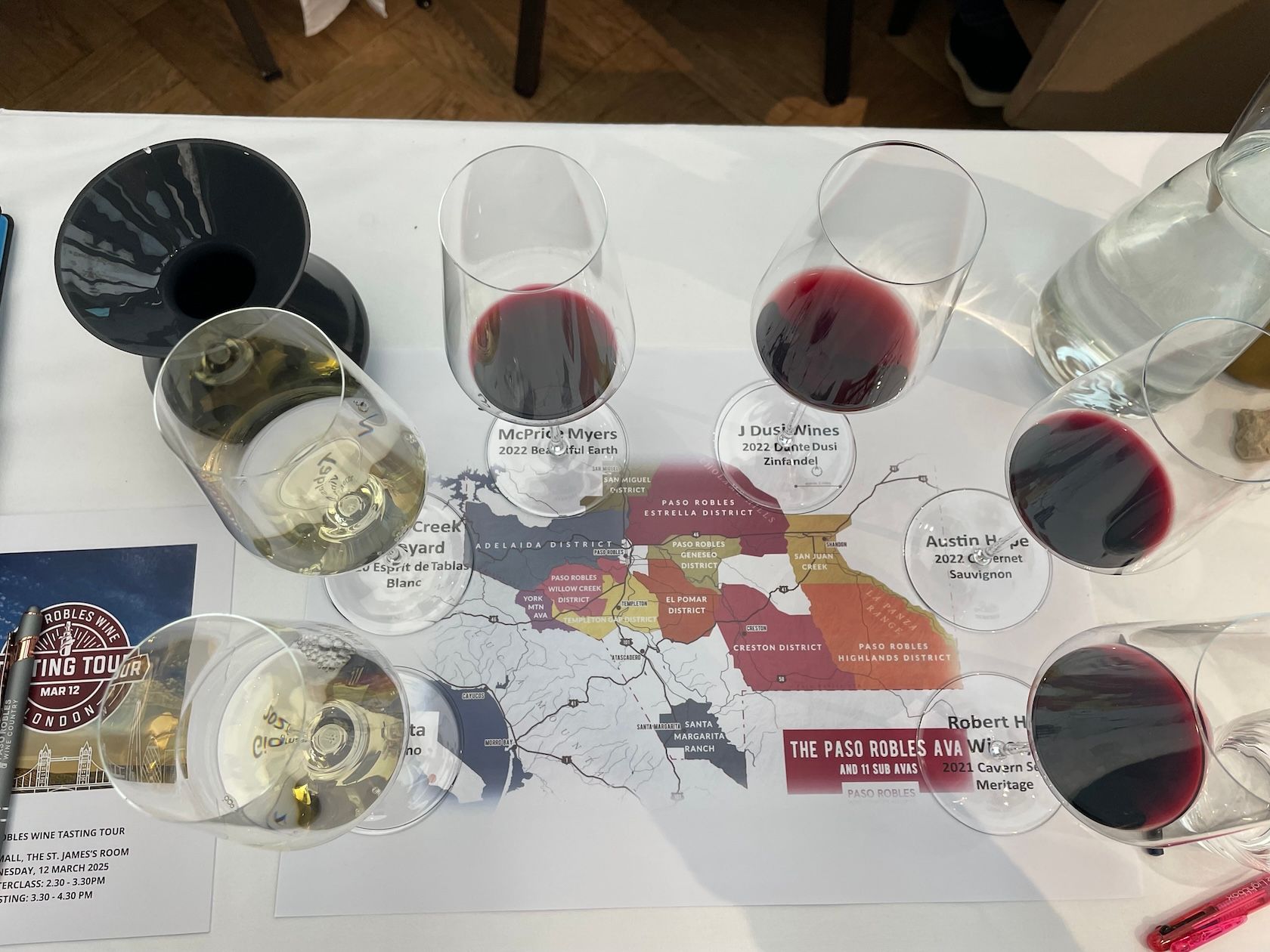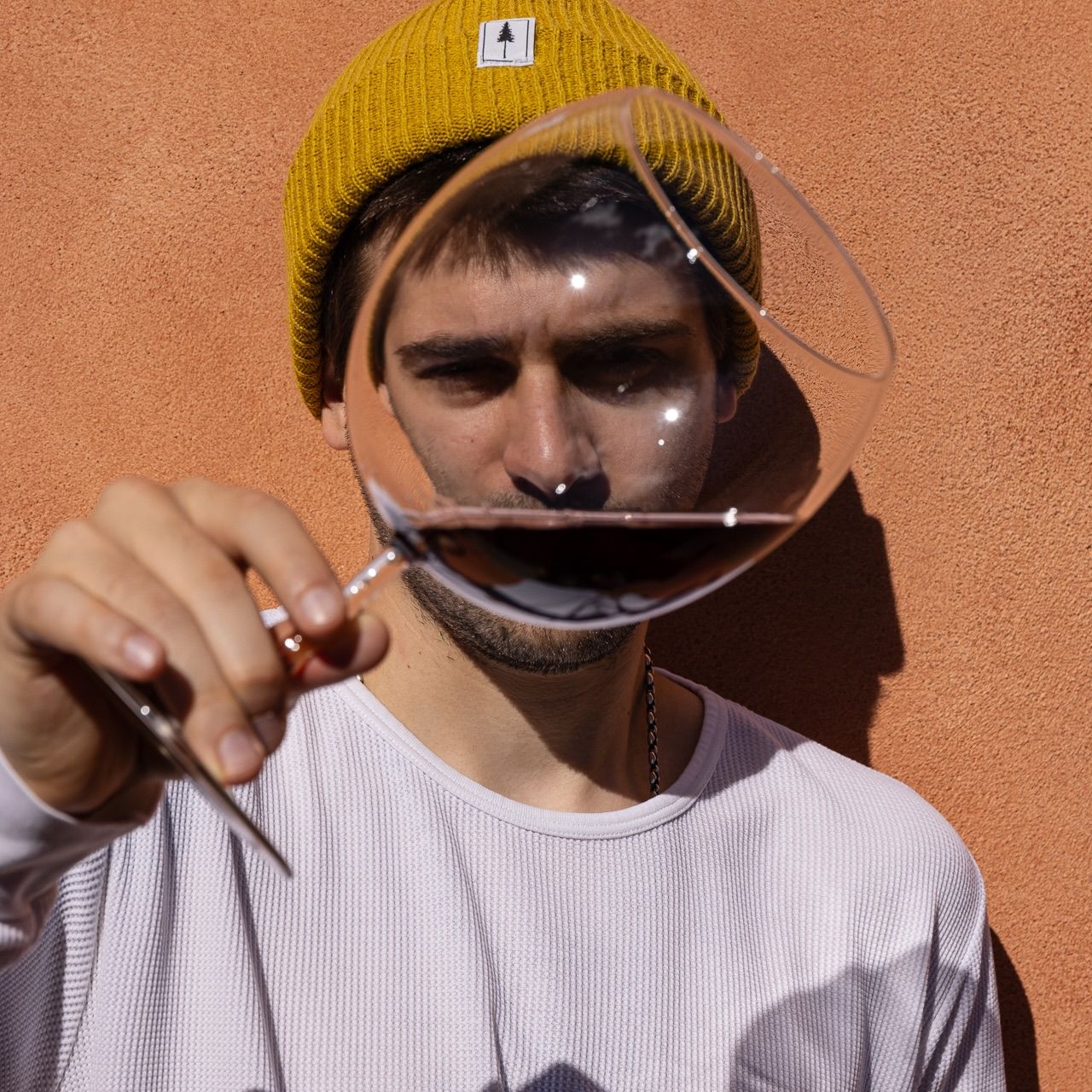You could easily fill a wine list with great wines from across Italy and the Mediterranean, but given a blank piece of paper where would you start your buying journey? That was the challenge laid out for buyers who took part in The Buyer’s debate at the recent Bellavita Expo event in Lonodon.
Forty five minutes is not a lot of time to cover the wine buying opportunities for Italy and right across the Mediterranean. But it helped sharpen minds and push the key themes to the top of the debate The Buyer held at the recent Bellavita Expo event in London, which had been expanded this year to cover both the food wine, and spirits from Italy and the Mediterranean. An event, just like the countries and regions it covers, that becomes more relevant every year.
“We have diversified a lot in recent years,” is how Rebecca Palmer, head wine buyer at Corney and Barrow describes how it has expanded its Italian range, both in terms of the regions it is sourcing wine from, but also looking to find and work with more native and indigenous grape varieties. That means bringing in a deeper range of wines from classic areas such as Tuscany and Umbria, and looking to see what else it can find there. Like exploring different areas of Piedmonte, where she has found some interesting wines in the north west. It’s also meant finding new styles in key areas such as Brunello, Barbaresco, Prosecco, even.
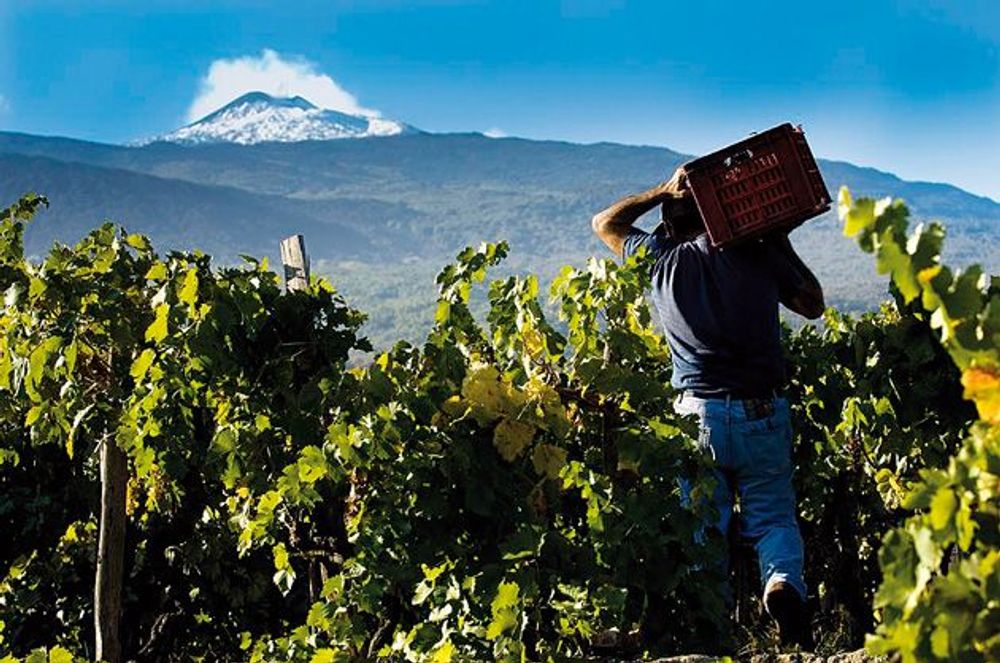
The fact there is such a difference in the styles of wine from across Italy that makes it so interesting
C&B is also exploring what Palmer refers to as more “left field” regions and sub-regions, but said it has also been more of a “struggle” than she expected to get “more traction” for lesser known areas, like Campania and their indigenous grape varieties. “I thought three or four years ago that grape varieties like Falanghina would really take off. We’ve had some success but though we would have done better.”
In terms of how far to push your wine range then it is important to “stay close to your sales teams” said Palmer so that they can you direct feedback from customers. “We work hand in hand with our teams. We go out and come back with our ideas, but then work on a case by case basis with our sales team to see what they need,” she explains.
Unearthing something different
Chris Carson, co-founder of Carson & Carnevale, which started two and a half years ago has made Italy one of its key specialist areas, but in a very specific way. “We want to unearth the really interesting new wineries that are coming through from Italy, as opposed to going to the old classics. We had to come in with something new. By that I mean the up and coming people. The producers that Italian journalists are writing about, as opposed to the international ones. With that we have formed a very comprehensive list all the way down Italy. Some very well recognised 98/99 point wines as well as your bread and butter wines,” he explained.
For Carson he sees the UK Italian wine market as splitting into two distinct areas. The on and off-trades. Or what he sees as the Italian restaurant scene that is looking for “complexity in its range” and then the off-trade which still wants to find its fair share of “gems” but also needs to move volume.
The good news for importers like the ones on our panel, added Carson, is that there are a lot more of the kind of “gems” he was referring to than there were say 10 to 15 years ago. “The standard of winemaking in Italy has risen dramatically,” he said.

Classic regions like Soave are coming back into their own, said Darlington
Nik Darlington, founder of Red Squirrel Wine, which has recently merged with to create the Graft Wine Company, actually started out as a northern Italian wine specialist and then branched out into other areas as it grew.
As he explained: “The whole ethos of Red Squirrel was about native grape varieties and unusual grape varieties so Italy has always been a hunting ground. But as Rebecca has said although those type of varieties were exciting to us, and still are, they were not necessarily as successful as maybe we would have liked. So now with the Graft Wine Company we are still looking for the unusual, but it is a little more liberating to know we can also now focus a bit more on the classics.
“A good example would be now looking at Primitivo and Negroamaro which would we not have looked as part of Red Squirrel as we thought everyone else was doing them, but really in demand amongst Graft’s on-trade customers,” he said.
“It made me realise that within the more familiar varieties there is still so much more potential to be had. That’s the great thing about Italy. Every rock you uncover, you will find something new even though you think you already know it all. Even in Chianti you still find something new to surprise you.”
Darlington is also going back more to some of the more classic Italian regions. “A region like Soave, which, again is somewhere we had not really looked at, now fits in well for us,” he added. “It’s a little more commercial but it is also native grape varieties and people have kind of forgotten about it. It’s there as a box ticker, but it means the return to things like Soave means there is extremely good quality and also quite good value to be had. So you don’t have to be always looking for the new and exciting, it’s also worth re-visiting some of the places.
Alternative scene
Jason Millar, retail director at Theatre of Wine, is also very much looking for the alternative, or what he calls the “avant grade”. “The excitement of Italy is the range of indigenous varieties, the different flavour experiences that can people can discover that is not a Cabernet Sauvignon, Chardonnay or Sauvignon Blanc. I think that is something our customers really value. They want to try something different and explore beyond the conventional grape varieties. So whether it’s a retail or restaurant customer, Italy allows you to do that,” he said.

Jason Millar said it was the alternative side of Italy that he was looking for
Matt Smith, who buys Italian buyer as part of its role at Fields Morris & Verdin said that whilst it is very much a “business that is firmly rooted in the classics” y like Piedmonte and Tuscany, is is also having “enormous success venturing further afield” into other regions where it can showing something new. This is particularly the case when it can find a region that is a “further interpretation” of a particular style of wine. But ultimately Smith spoke for all the panel when he celebrated Italy’s sheer “diversity”. “That’s what most exciting about it. There is no other country that produces wine in every single region and if you tasted a different Italian wine every week it would take you about 20 years to get your way round in Italy.”
It’s one thing having a lot of different types of wine, the key for Italy, is those wines are now consistent right across the board, added Smith. “Within every region there’s hug opportunity for value and quality. We have seen fantastic growth in Abruzzo. Montepulciano is no longer just about every day wine, but can be fine wine as well, with genuinely good Trebbianos. Again Soave is doing well. Every region in Italy has potential for fine wine production and interest.”
It’s why FMV is so deeply involved in the country. “Our ethos is to champion traditional production, indigenous varieties and good local people. There is also the interesting dynamic taking place within Italy. There is a generational change. The young people are taking over their family wineries and using new ideas. But when they do it is always with this fantastic respect for their history and historical production, which puts Italy in a very dynamic place at the moment.”

The Bellavita Expo event was expanded this year to cover the Mediterranean as well as Italy
Price points
In terms of price points then Carson sees wines wholesaling at between £5 to £9, which then translates to between just under £20 and £35 on a wine list, as being the “real sweet spot”.
Palmer said Italy works well for what restaurant buyers are looking for. Authentic wines, with a story that look good. “The wine has to a have some sort of presentation that defies price point if it is going to be on a shelf at £15 or on a wine list at £40 to £50,” she said.
But when it comes to what she calls “category wines” like Pinot Grigio and Prosecco, Italy can also quickly move to more “commodity” wines, when it can get really difficult to find good quality and value. Even then Italy still allows you to find a point of difference by say sourcing Prosecco DOCG, and Cartizze and Rive level.
For all the diversity and innovation there is in Italy it is also important not to forget the two key principles when it comes to buying, said Carson – quality and value. “They’re critical.”
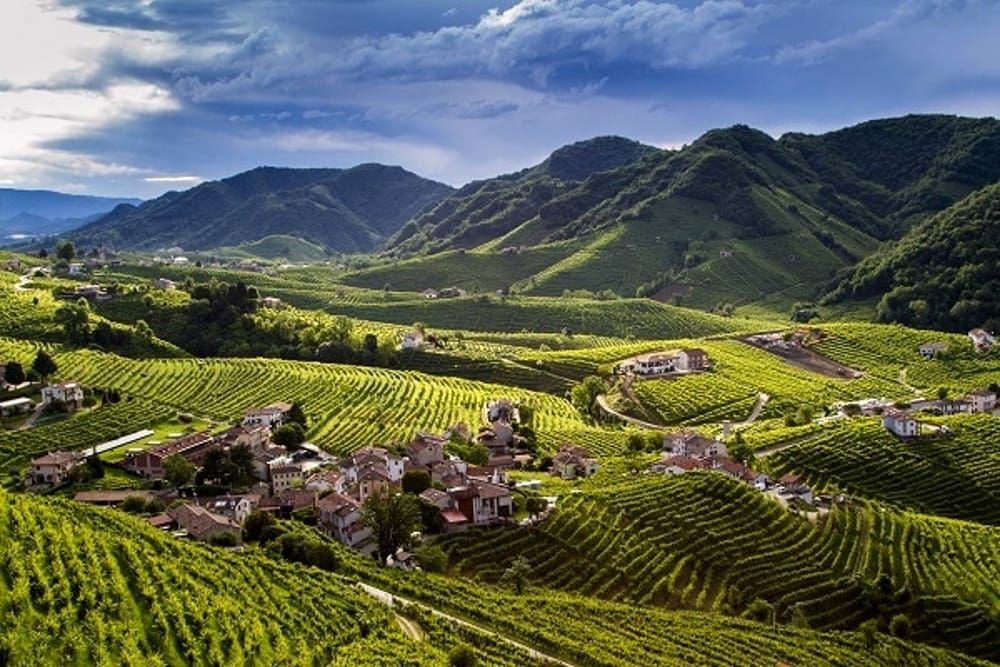
Prosecco is now becoming a good source for premium sparkling with its DOCG regions and wines such as Cartizze and Rive
All about the style
The styles of wine in Italy are also very much in its favour, added Carson. “What has been going on in Italy over the last 15 years has been the advent of softer tannins coming in on the reds. That’s really helped Italy. We’ve got some Nebbiolos that five or 10 years ago would have been quite aggressive. Now they are very appealing to the British consumer. Then on the whites there are some stunning good Soaves amongst so many others.”
“So, yes style is also critical. But the value has got to be there as well. If there isn’t the value it’s dead. There are just so many new things from Italy, our job is to keep introducing new, wonderful wines that are there in Italy that need to be brought into this country,” said Carson.
Darlington agreed that buyers need to be thinking more about style. “People do not want big wines. Italy has its fair share of big wines, usually from the south, but also some bigger, structured wines from the north. What we are finding is a lot more popularity for wines from cooler climates, so maybe red wines from Fruili, wines from high altitude sites like Mount Etna. The regions that are going to thrive for our customer base are the ones that can produce lighter wines and suit the flavour palate of what people are looking for.”
What Italy can also do well, said Millar is offer a range of price points for the more emerging grape varieties, like Nero D’Avolo or Catarrato. “These are grape varieties that people are starting to recognise, and have a little bit of traction in the market. It is therefore really helpful, whether you are a restaurant or retailer, to have a range of different price points that those grapes operate at,” he explained.

The wine debate area at Bellavita 2019 which was managed by Peter McCombie MW speaking here
“So when you’re trying to convince someone for the first time to try Aglianico, say, instead of Nebbiolo, it’s really helpful to have something in a retail shop for £14to £16 or on a wine list at £35 to £40 as it allows you to introduce something new to them. That’s what Italy does particularly well compared to say France.”
“These kind of price points from Italy allow people to experiment far more with its wines. It bringsmore people into the diversity of their wines and the full spectrum of flavour profiles there now are. From orange wines, to light, delicate, Moscato-style wines, right up to Amarones and high acid, tannic Barolos and so much in between. That’s what excites customers and encourages them to trade up.”
Matt Smith said FMV has always looked for wines that are “fresher” and have a “sense of place” rather than come from a winery. “Italy at the moment does that fantastically well. There has been a re-interest in older, more traditional winemaking styles, using much larger format wood. Going back to those old ways often result in fantastically stable wines, that are much more fruit and terroir driven than perhaps with oak and extraction. That’s very exciting for us and what our customers like.”
He points to two one example of a lighter in style and alcohol wine coming from Bardolino that have proved enormously popular with its customers. “They are also fantastic value for money, are made well. Fruit driven and crunchy.”
Mediterranean
Millar said that a lot of Theatre of Wine’s portfolio is now centred around the Mediterranean with strong Italian, Spanish ranges and then branching out into newer areas such as Greece and Turkey.
“Greece has a huge amount of potential,” he claimed. “It’s almost a replication of Italy in terms of native grape varieties, points of difference. A lot of wineries did not get the memo about ripping up their old vines and replanting them with Cabernet Sauvignon. So they find themselves with a treasure trove of old vines and traditional winemaking techniques which are really fashionable and on trend.”
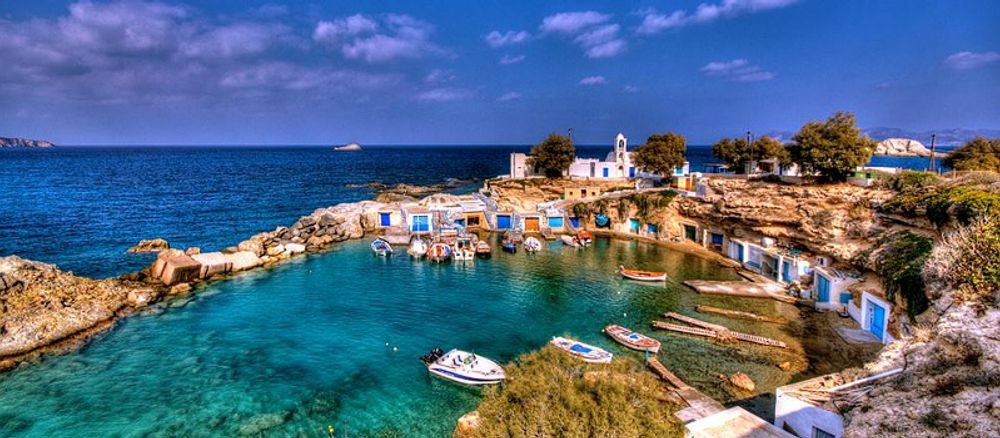
Greece has got a treasure trove of indigenous varieties for producers to discover
Smith said FMV has had a “runaway” success with the producer it works with in Crete and “seen humungous growth with that one producer”. “Greece is the perfect storm of value, indigenous varieties and very good modern winemaking with a sense of place. Wines between £8 and £20, squeaky clean, just a perfect storm of success. It’s critical to showing people the wines and talk about style and how well suited they are to the terroir and food.”
The panel were also keen to push the credentials of Spain and the diversity of wines coming out of more regions. Millar said: “There is a lot of traction in southern Spain for styles like Monastrrell that also offer great value.”
Carson believes Spain “has a great opportunity” to build “strongly” on the plafform it has got with Rioja. “We have just signed up two producers, one from Alto Rioja, the other in Galicia and the wines are fantastic. My money is more on Spain that it is on Greece, Turkey or other countries. Spain has got so much to offer.”
Palmer said she also finds Spain “incredibly exiting” and is particularly drawn to some of the new DOs that are emerging. “They offer such good quality at great value and that’s really important.
New World helping the Old
Darlington had a slightly different take on the use and emergence of all these native grape varieties across the Mediterranean. Yes, many are hard to pronounce or remember, but it might actually be the fact they are increasingly being used by winemakers in hot southern hemisphere countries as they are so much better suited to their climates that actually might help us understand and recognise them more.
Australia, he said, is now awash with Italian grape varieties as more producers recognise the opportunity and importance to plant grapes that are going to survive, prosper and do well in their local conditions. It is a similar story in South Africa, and to some extent also in South America in Chile and Argentina.
“New World producers are fast turning away from classic French varieties which are totally unsuited to their climate and are looking at things like Assyrtiko and Tempranillo. That is actually how the general consumer rather than the enthusiast is going to start experiencing these and then maybe look to the original,” said Darlington.
“That’s a brilliant point,” agreed Palmer. “Cabernet Sauvignon and Pinot Noir are just not going to be able to cut it in these increasingly hot climates and experimenting with these new varieties is going to thrive which can only then help their original heartlands.”
- You can find out more about Bellavita Expo and the different events it hosts around the world by clicking here.


